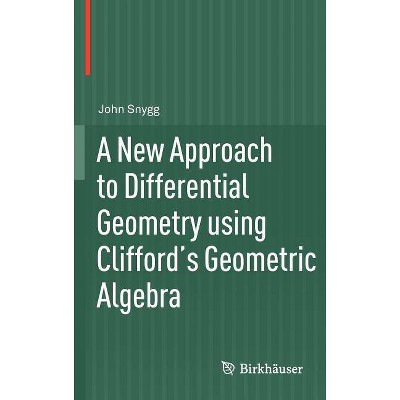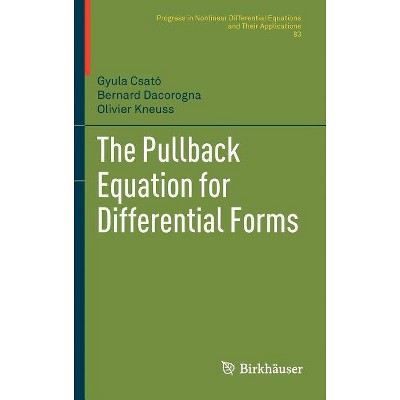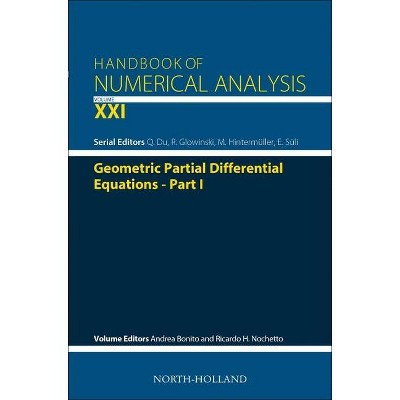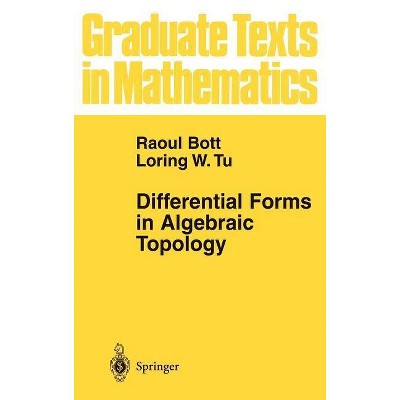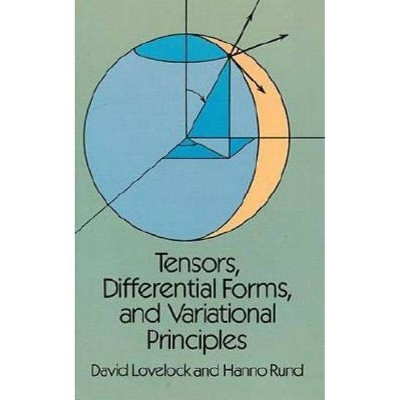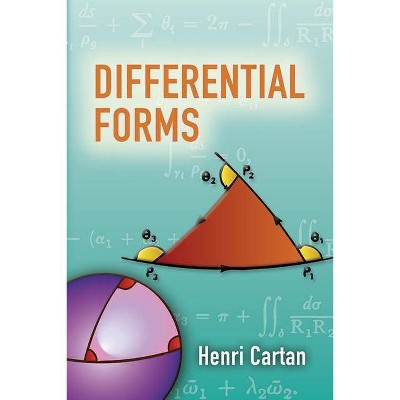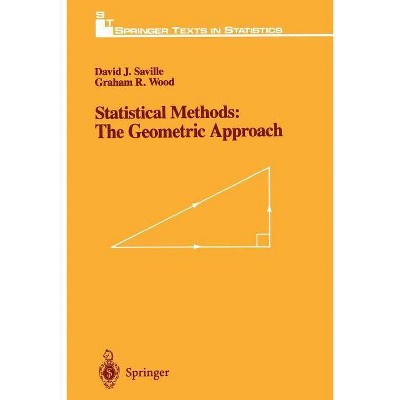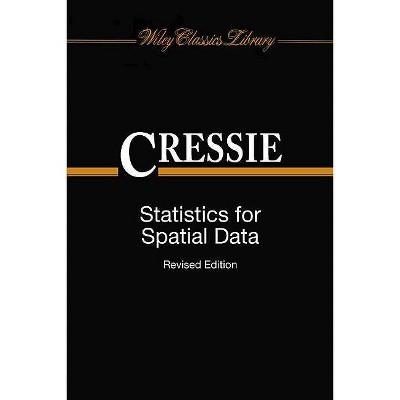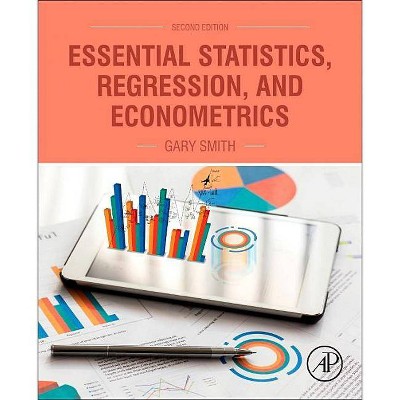A Geometric Approach to Differential Forms - 2nd Edition by David Bachman (Hardcover)
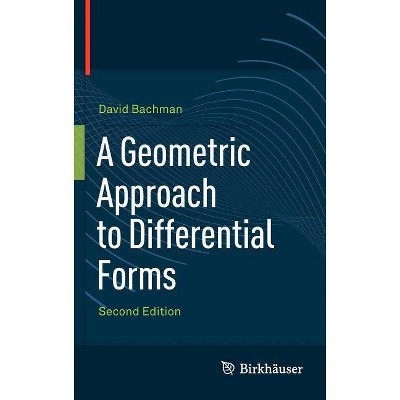
Similar Products
Products of same category from the store
AllProduct info
<p/><br></br><p><b> About the Book </b></p></br></br><p>This text presents differential forms from a geometric perspective accessible at the undergraduate level. The book begins with basic concepts such as partial differentiation and multiple integration and gently develops the entire machinery of differential forms.</p><p/><br></br><p><b> Book Synopsis </b></p></br></br><p>This text presents differential forms from a geometric perspective accessible at the undergraduate level. It begins with basic concepts such as partial differentiation and multiple integration and gently develops the entire machinery of differential forms. The subject is approached with the idea that complex concepts can be built up by analogy from simpler cases, which, being inherently geometric, often can be best understood visually. Each new concept is presented with a natural picture that students can easily grasp. Algebraic properties then follow. The book contains excellent motivation, numerous illustrations and solutions to selected problems.</p><p/><br></br><p><b> From the Back Cover </b></p></br></br><p>"[The author's] idea is to use geometric intuition to alleviate some of the algebraic difficulties...The emphasis is on understanding rather than on detailed derivations and proofs. This is definitely the right approach in a course at this level." <i><b>--MAA Reviews (Review of First Edition)</b></i></p><p>"The book certainly has its merits and is very nicely illustrated ... . It should be noted that the material, which has been tested already in the classroom, aims at three potential course tracks: a course in multivariable calculus, a course in vector calculus and a course for more advanced undergraduates (and beginning graduates)." <b>--Mathematical Reviews (Review of First Edition)</b></p><p>The modern subject of differential forms subsumes classical vector calculus. This text presents differential forms from a geometric perspective accessible at the advanced undergraduate level. The author approaches the subject with the idea that complex concepts can be built up by analogy from simpler cases, which, being inherently geometric, often can be best understood visually.</p><p>Each new concept is presented with a natural picture that students can easily grasp; algebraic properties then follow. This facilitates the development of differential forms without assuming a background in linear algebra. Throughout the text, emphasis is placed on applications in 3 dimensions, but all definitions are given so as to be easily generalized to higher dimensions.</p><p>The second edition includes a completely new chapter on differential geometry, as well as other new sections, new exercises and new examples. Additional solutions to selected exercises have also been included. The work is suitable for use as the primary textbook for a sophomore-level class in vector calculus, as well as for more upper-level courses in differential topology and differential geometry.</p><p/><br></br><p><b> Review Quotes </b></p></br></br><br><p>From the reviews of the second edition: </p>"This book is a good complement to existing textbooks on vector calculus and shows a different view on classic material. It should be helpful to both physicists and mathematicians as an introduction to first concepts of the basic tools of modern theoretical physics, differential geometry, and topology." (Vladislav Nikolaevich Dumachev, zbMATH, Vol. 1266, 2013)<br>
Price History
Price Archive shows prices from various stores, lets you see history and find the cheapest. There is no actual sale on the website. For all support, inquiry and suggestion messages communication@pricearchive.us
